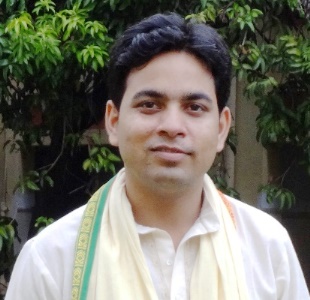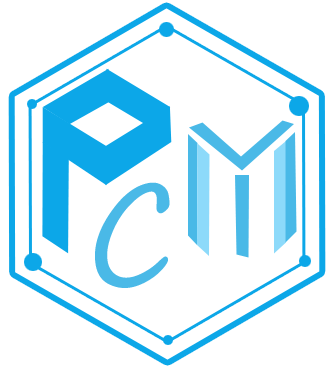Invited Speaker

Dr. Manish Kumar
(Listed in top 2% scientists world-wide, released by Stanford University ranking-2021)Department of Physics, ARSD College
University of Delhi, Dhaula Kuan, New Delhi-110021
India
Speech Title: Understanding the behaviour of perovskite solar cell via simulation approach
Abstract: Renewable energy is the key prerequisite of the entire world because the nonrenewable sources are generally toxic in nature as well as limited. However solar energy as a renewable source has not limits in terms of accessibility, just need to advance best conversion devices in terms of solar cells. In this connection, perovskite materials have a great deal of significance in various materials based applications including in the perovskite solar cell for the generation of lead-free renewable energy. In recent times, lead-free perovskite solar cell (PSC) has proven their worth as a conceivable standby for lead-based absorber in the PSCs because of its advanced stability and nontoxic nature. In this talk, efforts have been made to discuss basics of PSCs including computational results on the same. Also the discussion on the one of the most popular software SCAPS-1D for PSCs is the centre of attention of this talk.
Acknowledgements
The authors would like to thank Marc Burgelman, ELSI, University of Gent, Belgium, for providing the SCAPS simulation software (Version: February 13, 2019).
Biography: Dr. Manish Kumar received his M.Tech. and Ph.D. degrees in Ceramic Engineering and Physics in the year 2012 and 2016, respectively, from Indian Institute of Technology (Banaras Hindu University) and Institute of Science, Banaras Hindu University, Varanasi. At present, he is serving as Assistant Professor at Atma Ram Sanatan Dharma College, University of Delhi, India. His research area focuses on environmental materials, 2D structured materials for green energy, multifunctional nanostructure materials for energy and memory devices, perovskite materials for photovoltaic applications and simulation via SCAPS 1D simulator and DFT calculations. He is actively working in various research collaborations worldwide mainly with various IITs, CSIR labs, and Central Universities in India and with various international research labs at Mexico, Japan, Saudi Arabia and South Korea. Recently, he is listed among top 2% scientists worldwide by Stanford University Ranking-2021. He has published more than 58 research publications in international journals of high repute with h-index of 12, i10-index of 16 including more than 500 citations as per Google-scholar. He is Managing Guest Editor of the “Materials Today Proceedings” journal and received a few awards/recognitions such as MHRD fellowship, outstanding reviewer award by various international journals like, Materials Letters, Materials Research Bulletin, and Journal of Electroanalytical Chemistry etc. He has completed two national projects and submitted three in DST and CSIR, India for research grants and also actively involved in many students and administrative activities of the institute.
